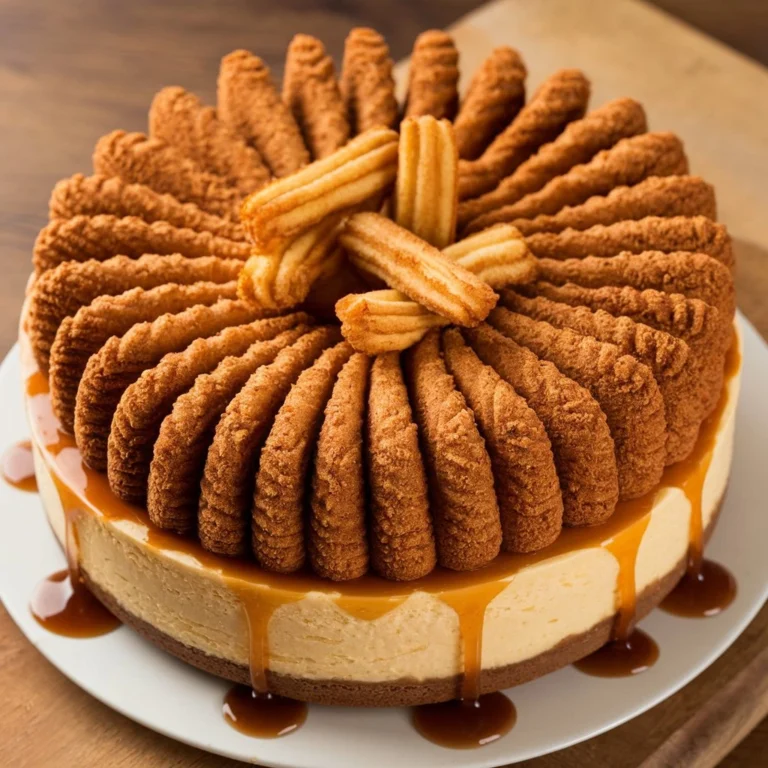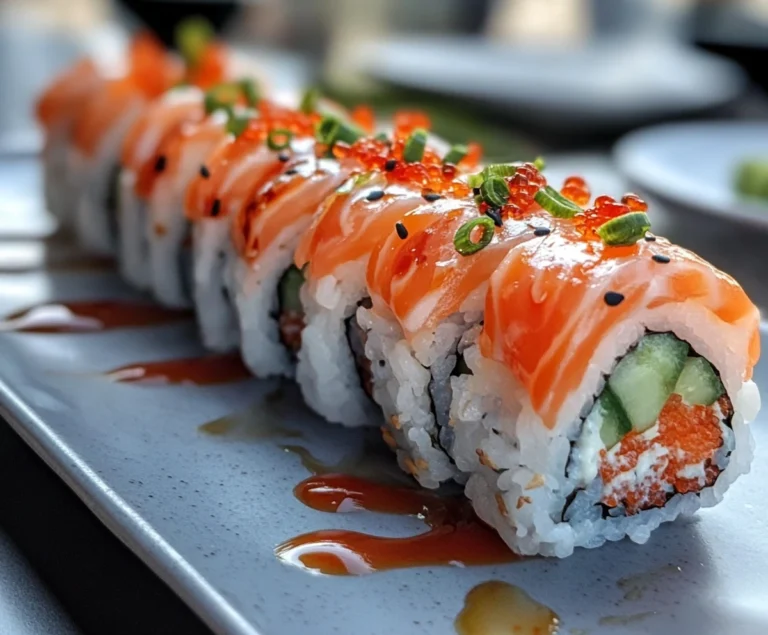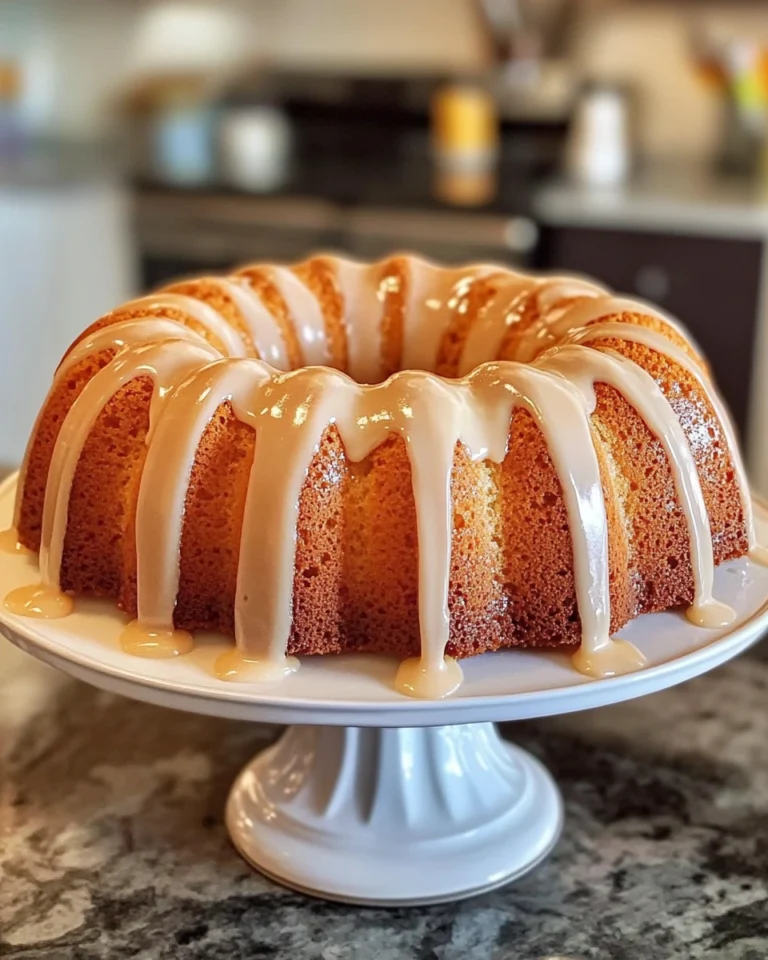Is a Bundtlet a Single Serving?
Is a Bundtlet a Single Serving?
Bundtlets are miniature versions of bundt cakes, popular for their rich flavors, elegant presentation, and convenient size. They are often considered perfect for one person due to their packaging and size. However, this raises the question: Is a bundtlet truly a single serving?
In this article, we will explore the bundtlet’s portion size, nutritional content, and consumer opinions. Our goal is to determine whether a bundtlet is best enjoyed as a single serving or shared with others.
What Is a Bundtlet?
A bundtlet is a small, individually sized bundt cake, typically sold by bakeries like Nothing Bundt Cakes. These cakes take their shape from the traditional bundt cake, a larger dessert baked in a ring-shaped pan. Unlike the full-sized bundt cake, meant for sharing, bundtlets are designed as personal treats.
They come in a variety of flavors, including chocolate, lemon, red velvet, and seasonal options like pumpkin spice. Additionally, bakeries offer gluten-free bundtlets and low-sugar versions to cater to various dietary needs.
Why People Love Bundtlets
The appeal of bundtlets lies in their compact size and attractive packaging. They are convenient for gifts, personal indulgence, or even party favors. Additionally, their elegant shape and frosting make them feel more special than an ordinary cupcake or dessert.
But does this small size make a bundtlet a true single serving? We must consider factors like calorie count and portion size to determine if bundtlets should be consumed in one sitting or shared.
What Defines a Single Serving?
To decide if a bundtlet is a single serving, we first need to define what a single serving actually is. Dietary recommendations provide guidelines for portion sizes, often focusing on calorie content and nutrient intake. Generally, a single serving is defined by:
- Calories: Desserts are best kept between 150 and 300 calories per serving, according to most dietary guidelines. This range helps satisfy sweet cravings without consuming excessive sugar or fat.
- Portion Size: A single serving is usually a moderate portion that satisfies a craving. For instance, a slice of cake might weigh 100 to 150 grams, providing enough indulgence without going overboard.
When we compare these guidelines to bundtlets, it becomes clear that bundtlets often exceed standard serving sizes. Depending on the flavor, a bundtlet can contain between 300 and 600 calories, making it more substantial than most single-serving desserts.
How Do Bundtlets Compare to Other Desserts?
Let’s compare bundtlets to other popular desserts:
- A standard cupcake typically contains between 150 and 300 calories.
- A slice of pie may have 300 to 400 calories.
- A slice of a full-sized bundt cake can contain 500 or more calories.
Bundtlets, therefore, fall closer to the higher end of the spectrum, suggesting they may be more than a single serving for those watching their calorie intake. For those following a 2,000-calorie daily diet, a bundtlet might take up a large part of their recommended intake.
Calories and Nutritional Breakdown
How Many Calories Are in a Bundtlet?
The calorie count of a bundtlet depends on its flavor and ingredients. A chocolate bundtlet from Nothing Bundt Cakes contains around 410 calories. Lighter flavors like lemon may have fewer calories, but they still range between 300 and 400 calories.
For comparison, a slice of traditional cake often contains 250 to 350 calories. This means that a bundtlet, in one serving, can provide as many (or more) calories than a slice of cake.
Nutritional Content of a Bundtlet:
- Calories: 300–600
- Fat: 15–30 grams
- Sugar: 25–50 grams
- Carbohydrates: 40–70 grams
Is a Bundtlet Healthy?
Bundtlets are delicious but indulgent desserts. They often exceed the daily recommended intake of sugar and fat. The American Heart Association suggests limiting daily sugar intake to 25 grams for women and 37.5 grams for men. Many bundtlets surpass this limit in just one serving.
However, bundtlets can still be part of a balanced diet when eaten in moderation. Splitting a bundtlet into smaller portions is a good way to enjoy its rich flavor while managing calorie intake.
Dietary Alternatives
In response to demand for healthier options, many bakeries now offer gluten-free, low-sugar, and vegan bundtlets. These versions often have fewer calories and cater to specific dietary needs. However, it’s essential to check nutritional information since calorie counts can still be high.
For more dessert inspiration, try these mini cupcake recipes, which offer similar flavors in smaller portions.
Consumer Perception: Can a Bundtlet Be a Single Serving?
While the nutritional information suggests bundtlets are substantial, consumer perception often defines whether they’re seen as a single serving or not.
How Do People View Bundtlets?
Many people see bundtlets as convenient, personal-sized cakes. The individual packaging and marketing reinforce the idea that bundtlets are designed for one person. They are easy to transport, store, and enjoy, making them perfect for personal use.
However, others feel that bundtlets are too large for one person. Given their high calorie count, some people prefer to share or save half for later. The rich flavor and dense texture can also make them too filling to eat in one sitting.
Portion Control
For many, a bundtlet is too rich and heavy to finish in one sitting. The frosting and dense cake make it a filling dessert, even for those with a sweet tooth. As a result, some people choose to cut their bundtlet into two or more portions, spreading the indulgence over time.
On the other hand, some people have no trouble finishing a bundtlet in one sitting. They see it as an occasional treat rather than an everyday indulgence.
Bundtlets vs. Other Single-Serving Desserts
Bundtlets are not the only dessert that challenges the idea of a single serving. Many individually packaged desserts have become popular in recent years. Let’s look at how bundtlets compare.
Single-Serving Desserts
Compared to other individually sized desserts, bundtlets are on the larger side. For instance:
- A cupcake typically contains 150–300 calories.
- A mini pie has about 200–350 calories.
- A slice of pie is 300–400 calories.
In contrast, bundtlets often contain more than 400 calories, making them a larger, more indulgent option.
Why People Choose Bundtlets
People often choose bundtlets for their flavor and presentation. Their unique shape, wide variety of flavors, and elegant frosting make them stand out. Bundtlets feel more special compared to standard cupcakes or pies, which adds to their appeal for celebrations or special moments.
For lighter alternatives, try exploring these mini cupcakes or other small desserts that offer similar flavors in smaller portions.
FAQs About Bundtlets
Is a Bundtlet a Single Serving?
For some, yes. The individual packaging and marketing suggest bundtlets are designed for one person. However, others feel that the high calorie count and rich flavor make them too much for one sitting.
How Many Calories Are in a Bundtlet?
Bundtlets typically contain between 300 and 600 calories, depending on the flavor. Chocolate and red velvet are among the higher-calorie options.
Can You Finish a Bundtlet in One Sitting?
Yes, many people do eat bundtlets in one sitting. However, others prefer to split them into smaller servings to manage portion size and calorie intake.
What’s the Difference Between a Bundtlet and a Bundtini?
A bundtlet is larger and designed for individual enjoyment. A bundtini, on the other hand, is a bite-sized bundt cake, often served in multiples for sharing.
Conclusion: Is a Bundtlet a Single Serving?
So, is a bundtlet truly a single serving? The answer depends on your perspective. For some, bundtlets are an ideal personal dessert, offering the indulgence of a full-sized cake in a convenient package. However, when considering calories and portion size, bundtlets may be more than a single serving for some individuals.
Ultimately, whether or not you see a bundtlet as a single serving depends on your dietary preferences. If it fits within your daily calorie intake, there’s no harm in enjoying it in one sitting. But for those looking to manage portion sizes, sharing or saving part of it for later may be a more practical option.
For more dessert inspiration, check out this recipe for prune cupcakes, a healthy and moist alternative that’s perfect for any occasion!







